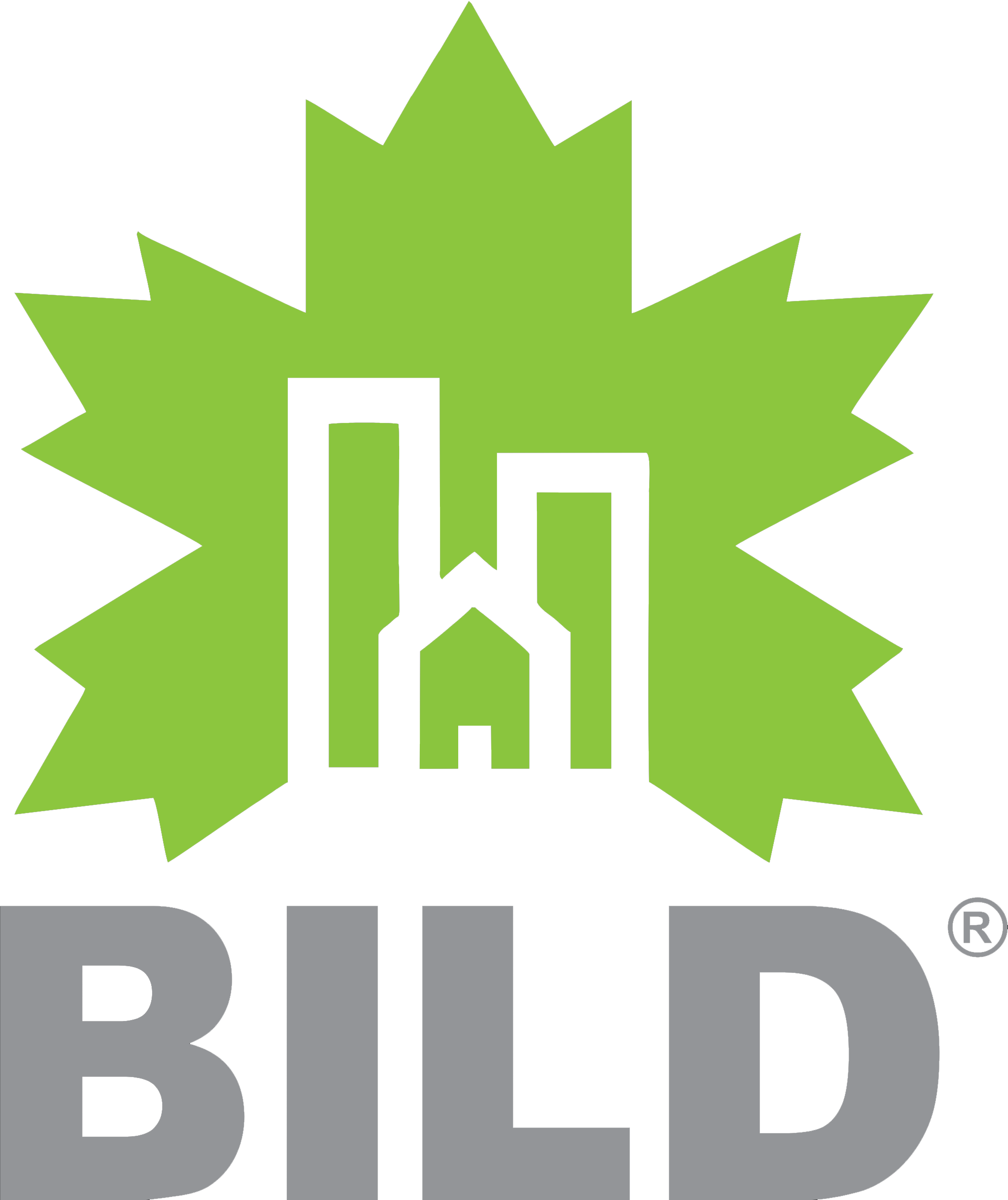The rapid advancements in technology over the past few years have brought forth groundbreaking innovations that continue to reshape various industries, with the realm of real estate developments and architectural design being no exception. Among these burgeoning technologies, virtual reality (VR) has emerged as a game-changing innovation that offers untapped potential for enhancing the visualization process across various stages of design and development.
Join us as we delve into the transformative world of virtual reality and uncover how this advanced technology is revolutionizing the real estate development and architectural design industries. Learn how VR is enhancing visualization, communication, and customer engagement, and explore how the seamless integration of this technology can elevate your projects and bring your ideas to life.
Enhanced Communication and Visualization with VR Technology
A key advantage of virtual reality is its ability to enhance communication and visualization between design teams and clients. Traditional 2D design drawings can only offer a limited understanding of scale, proportion, and space, often leading to misinterpretations or misunderstandings. However, incorporating VR technology into the design process creates immersive 3D environments, enabling clients to experience the architectural space with greater clarity and authenticity.
From early conceptual phases to final design development, VR allows client involvement and approval at every stage, ensuring alignment between the design vision and client expectations. This improved visualization empowers clients to confidently engage with the project, express their preferences, and provide constructive feedback, enhancing the overall collaboration.
Streamlining Decision-Making and Approval Processes
The integration of VR in real estate developments and architectural design projects accelerates decision-making and approval processes by fostering real-time collaboration and providing detailed, interactive walkthroughs. With the ability to generate realistic 3D models and environments, design teams can showcase complete design schemes, highlighting nuances, materials, and finishes. This enables clients to make better-informed decisions, mitigating costly changes or delays in the project lifecycle.
VR can facilitate virtual on-site visits, allowing investors, stakeholders, and design professionals to examine construction progress and identify potential issues more effectively. This real-time engagement with the project helps streamline the construction administration process, promoting efficient communication and problem-solving among the different parties involved.
Leveraging VR for Exceptional Property Showcasing
Virtual reality technology redefines the way properties are marketed and presented, offering real estate professionals unique opportunities to showcase potential investments. VR experiences transform property viewings by offering virtual open houses or walkthroughs, inviting buyers to explore properties at their own convenience, regardless of physical location. This global accessibility widens the audience of potential buyers and increases the property’s market visibility.
By creating an immersive and emotional connection with the property, VR enables prospective buyers to visualize themselves in the space more effectively, fostering higher levels of client satisfaction and impacting decision-making. In addition, VR can highlight favourable features of the property, such as natural lighting, indoor-outdoor connections, and energy-efficient systems, emphasizing the overall design quality and value of the investment.
Transforming Architectural Design Through VR Integration
As virtual reality technology continues to evolve, it offers promising opportunities to reshape and enhance the way architects approach design. The integration of VR tools into the design process enables architects to experiment with different configurations, design elements, and materials more effectively, fostering a more comprehensive and iterative design development.
By offering architects the ability to inhabit their designs virtually, VR facilitates accurate space planning, improves workflow efficiency, and bolsters design creativity. Additionally, integrating VR into the design process can lead to improved sustainability and energy efficiency, as architects can simulate environmental conditions and evaluate the performance of various systems, such as daylighting and ventilation. This comprehensive analysis helps optimize designs for both aesthetics and performance.
Overcoming the Challenges of VR Integration
While virtual reality offers immense potential for enhancing design and development, integrating this technology into existing workflows can present several challenges. One significant obstacle is the cost associated with acquiring the necessary hardware and software. Many design firms may lack the resources to invest in VR technology, especially smaller firms or those in developing countries.
Another challenge is the learning curve associated with using VR tools, which can be steep for those unfamiliar with the technology. Design professionals may require additional training to fully leverage the capabilities of VR, which can be time-consuming and costly.
The development of VR content can be time-intensive, requiring significant resources and expertise. Creating realistic 3D models and environments can be a complex process and may require additional staff or outsourcing to third-party providers.
To overcome these challenges, design firms may need to explore new business models and partnerships to make VR technology more accessible. This could involve collaborating with VR hardware and software providers, pooling resources with other firms, or even offering VR services as a separate revenue stream.
Additionally, design professionals may need to invest in training and education to leverage the capabilities of VR technology fully. This could involve attending workshops or webinars, hiring experienced staff, or partnering with VR experts to develop content.
Embracing the Power of Virtual Reality in Design and Development
As we continue to navigate a rapidly evolving technological landscape, the integration of virtual reality in real estate developments and architectural design offers untapped potential for transforming the way we experience and interact with the built environment. With its ability to enhance communication, streamline processes, and revolutionize property showcasing, VR technology is poised to become an invaluable tool for design professionals and clients alike.
By understanding and embracing the immense benefits that virtual reality brings to the table, we can elevate our design process, improve collaboration between teams and clients, and create exceptional visual experiences that inspire and captivate. As we look ahead, we are excited to continue our exploration of VR’s remarkable capabilities and harness its power to transform our industry for the better.
Looking for top-notch VR rendering services to take your real estate or architectural design projects to the next level? Look no further than RenderTech Studio! Contact us today and discover how our expert team can help you turn your visios into stunning, immersive, and unforgettable VR experiences.



